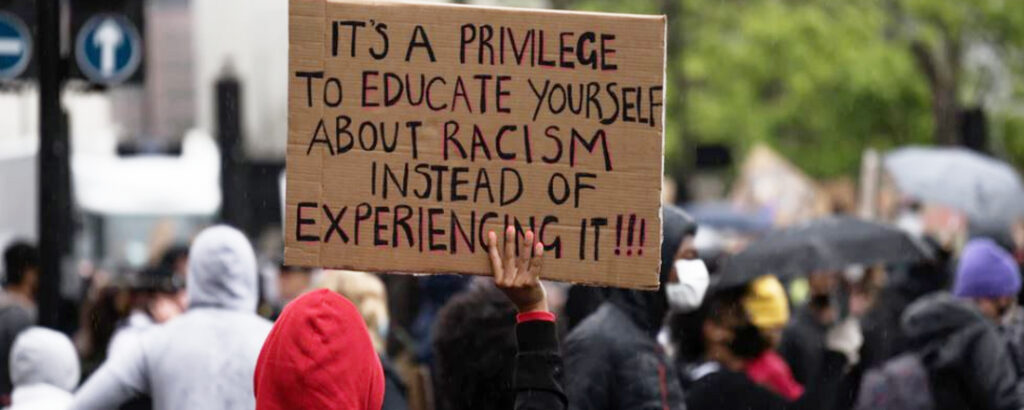
I recently held a Masterclass on the topic, encouraging educators of a public school system to attend. We started by talking about the systemic nature of racism. It will help to explain the context of systemic racism. We hear it in the news and in conversations quite a bit. We hear the demand that systemic racism needs to end, yet what does that mean? NAACP President Derrick Johnson defines it as “systems and structures that have procedures or processes that disadvantage African Americans.” The president of Race Forward defines it as “the complex interaction of culture, policy, and institutions that holds in place the outcomes we see in our lives.” Read more.

While it is not a new concept, it has been brought to light in the past fifty years. Our country was built on certain principles that haven’t been fair to certain members of society. Remember that while our country was founded in 1776, slavery wasn’t abolished until 1865, women didn’t achieve the right to vote until 1920, and the Civil Rights Movement gained momentum in the 1960s. While putting these rights into the Constitution was a start, agreement with these actions was not unanimous.
The United States is a country composed of individual ideas and long traditions. Our beliefs and values are ingrained over generations, and they are difficult to change overnight. We struggle to be compassionate and understanding human beings. We may not realize our actions affect others. This is where awareness and education begin. Communication strategies and leadership tips spark dialog and ease the feelings of not being heard.
